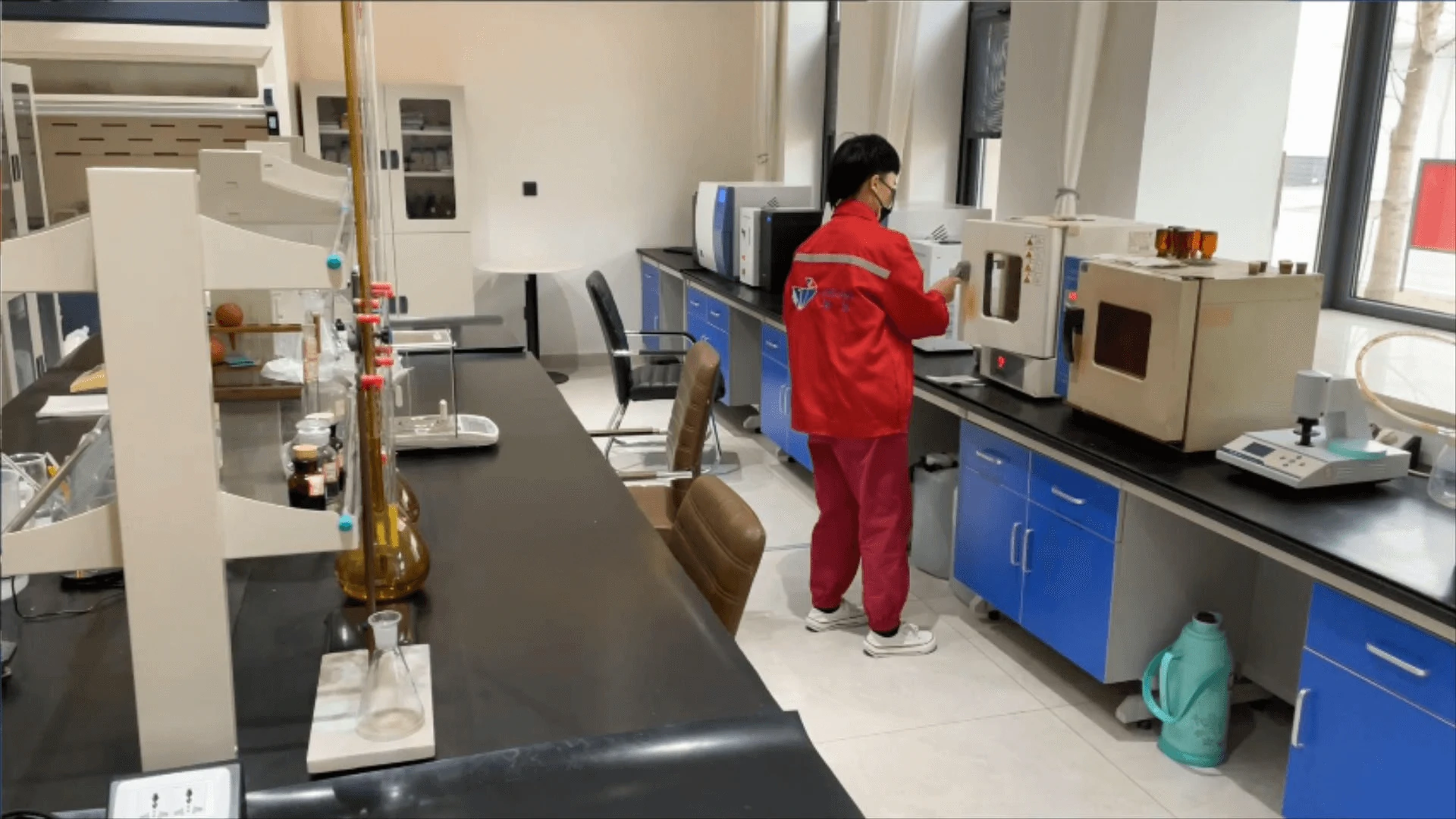
Aug . 18, 2024 11:04 Back to list
High Performance Polymer Tile Adhesive for Superior Bonding and Durability Solutions
Understanding HPMC Tile Adhesives A Key Component in Modern Construction
In the ever-evolving world of construction and renovation, tile adhesives play a crucial role in ensuring the durability and aesthetic appeal of tiled surfaces. Among the various types of adhesives available in the market, Hydroxypropyl Methylcellulose (HPMC) tile adhesive has emerged as a popular choice due to its unique properties and benefits.
What is HPMC?
HPMC is a derivative of cellulose, a natural polymer obtained from plant cell walls. Through a series of chemical modifications, cellulose is transformed into HPMC, which possesses both hydrophilic and hydrophobic properties. This unique dual nature allows HPMC to act as an effective thickener, emulsifier, and film-forming agent.
Benefits of HPMC Tile Adhesives
1. Enhanced Workability One of the standout features of HPMC tile adhesives is their excellent workability. HPMC increases the viscosity of the adhesive, making it easier to apply and adjust during installation. This is particularly beneficial for professionals and DIY enthusiasts alike, as it provides better control over the application process.
2. Water Retention HPMC tile adhesives exhibit superior water-retention properties. This means that once the adhesive is applied, it retains moisture for a longer period, allowing for better bonding and reducing the risk of defects during the curing process. The prolonged working time also aids in aligning tiles correctly before setting.
hpmc tile adhesive

3. Flexibility and Bond Strength HPMC enhances the flexibility of tile adhesives, which is essential for accommodating slight movements in the substrate without causing cracks in the tiles. Moreover, the bond strength is significantly improved, resulting in a long-lasting adhesion between the tile and the substrate.
4. Resistance to Mold and Mildew Given the presence of moisture in many tiling applications, using an HPMC-based adhesive can also mitigate the potential growth of mold and mildew. Its hydrophobic characteristics limit moisture accumulation, contributing to healthier indoor environments.
5. Versatility HPMC tile adhesives are suitable for various substrates, including cement, wood, and gypsum, making them extremely versatile for different applications. Whether dealing with ceramic, porcelain, or natural stone tiles, HPMC-based adhesives can cater to diverse project requirements.
Application and Installation
Applying HPMC tile adhesive is relatively straightforward but requires careful attention to detail. First, ensure that the substrate is clean, dry, and free of any contaminants. Once mixed according to the manufacturer's instructions, the adhesive should be spread evenly using a notched trowel, allowing for optimal contact with the tile. It is crucial to press the tiles firmly into the adhesive to eliminate air pockets and ensure a strong bond.
Conclusion
In conclusion, HPMC tile adhesive represents a pivotal advancement in the field of construction materials. Its remarkable properties, including enhanced workability, water retention, flexibility, and mold resistance, make it an ideal choice for builders and homeowners alike. As the construction industry continues to innovate, the adoption of HPMC tile adhesives highlights the ongoing commitment to quality, durability, and sustainability in building practices. Whether undertaking a small renovation project or a large-scale construction endeavor, understanding the benefits and applications of HPMC tile adhesives can lead to superior outcomes and lasting results.
-
Versatile Hpmc Uses in Different Industries
NewsJun.19,2025
-
Redispersible Powder's Role in Enhancing Durability of Construction Products
NewsJun.19,2025
-
Hydroxyethyl Cellulose Applications Driving Green Industrial Processes
NewsJun.19,2025
-
Exploring Different Redispersible Polymer Powder
NewsJun.19,2025
-
Choosing the Right Mortar Bonding Agent
NewsJun.19,2025
-
Applications and Significance of China Hpmc in Modern Industries
NewsJun.19,2025







